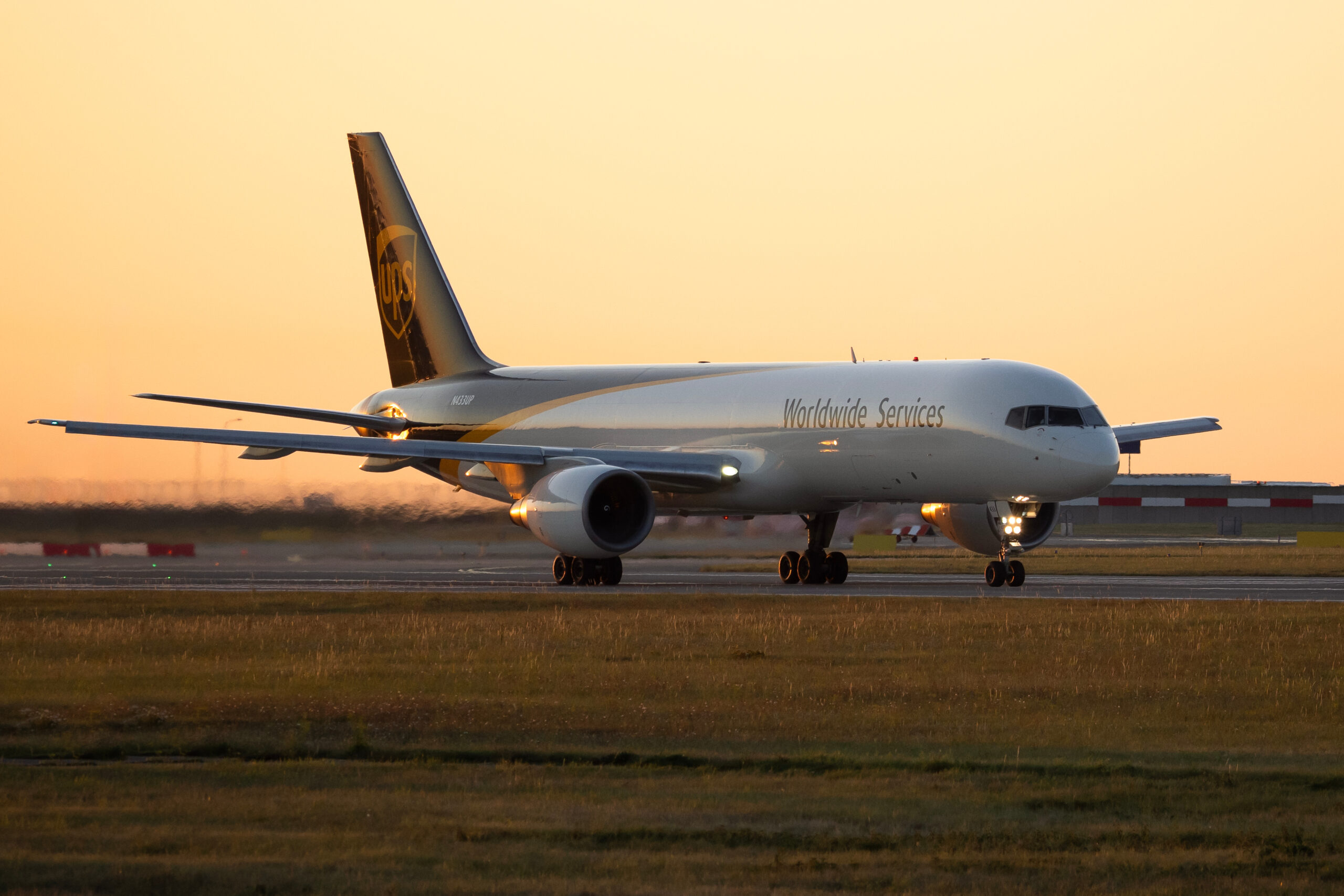
A UPS Airlines cargo jet crashed shortly after takeoff from Louisville Muhammad Ali International Airport on November 4, 2025, killing at least 12 people and injuring several others, according to early reports. NTSB investigators say the aircraft, a McDonnell Douglas MD-11 bound for Honolulu, experienced a catastrophic failure during takeoff when its left engine detached, igniting a massive fire.
Video captured by witnesses shows flames erupting beneath the aircraft’s left wing moments before it struggled to climb and crashed into the airport’s perimeter area.
The crash had a ripple effect causing smaller explosions at Kentucky Petroleum Recycling and an auto salvage yard, Grade A Auto Parts.
Aviation attorney Pablo Rojas of Podhurst Orseck, who represents victims and families in major airline disasters, said early indicators point to a severe structural failure.
“Cargo aircraft departing on long-haul routes carry tens of thousands of gallons of fuel, which becomes a major hazard when an engine separates or the wing structure is compromised,” Rojas explained. “The rapid-fire progression seen here is consistent with that kind of fuel load.”
Rojas added that incidents occurring during takeoff leave flight crews with little room to respond.
“When a failure happens at this stage of flight, the margin for recovery is extremely small. That’s why rigorous inspection protocols and mechanical safeguards are so critical.”
The National Transportation Safety Board (NTSB) and the Federal Aviation Administration (FAA) are investigating. The NTSB announced the cockpit voice recorder and flight data recorder were recovered from the wreckage.
Fully fueled for its long-haul trip to Hawaii, the MD-11 was carrying tens of thousands of gallons of jet fuel, a load that experts say likely amplified the fire’s intensity once the engine separated from the wing. As investigators work to determine what caused that separation, attention is turning to the aircraft’s maintenance history, the condition of its engine pylon structure, and any signs of stress or metal fatigue within the aging MD-11 fleet.
The incident also raises broader questions about regulatory oversight, inspection protocols, and systemic vulnerabilities that can escalate rapidly under operational strain.
As the investigation unfolds, the scope of legal exposure may extend beyond UPS. Potentially responsible parties could include:
The NTSB is expected to release preliminary findings within several weeks, with a full investigative report likely to take 12–18 months. In the meantime, families of victims and affected parties will begin seeking answers about how such a catastrophic failure occurred within seconds of takeoff.